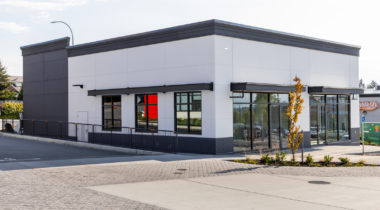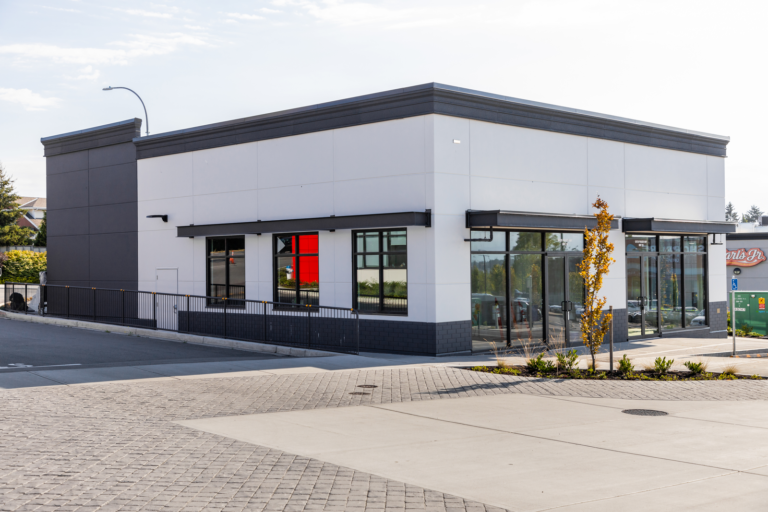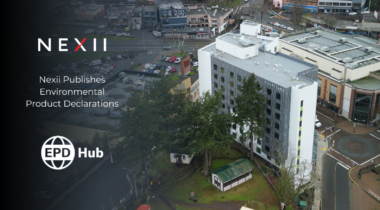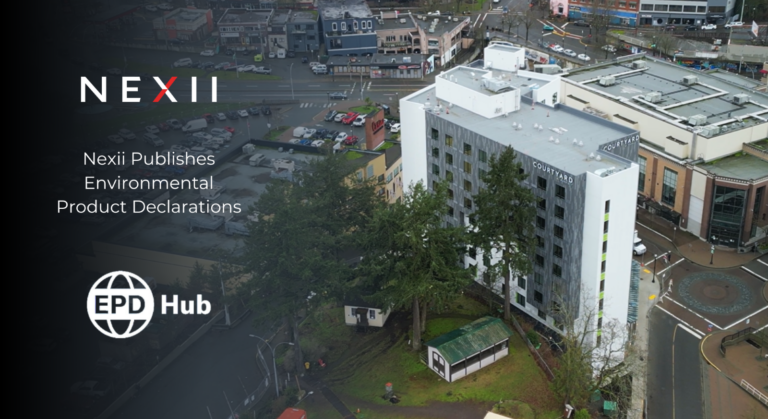
Zosia Brown, PhD, is Nexii’s Vice President, Sustainability. Her notable past roles include Head of Sustainability at Woodland Park Zoo, WA, and Associate with Buro Happold.
Zosia’s PhD in Resource Management Environmental Studies focused on green building performance and post-occupancy evaluation. She brings over 15 years’ experience in driving sustainable change and environmental policy in organizations across North America and Europe to Nexii. Zosia’s deep and consistent focus on product performance, carbon impact of operations, zero waste and climate resilience are at the heart of Nexii’s operations. Together with teams from across the company, Zosia leads Nexii’s environment, social and governance (ESG) strategy underpinning our mission to build a vibrant future for people and planet.
In my previous blog, I discussed how climate action is urgently needed and how buildings and construction contribute to the climate crisis. I also covered the difference between embodied and operational carbon and how to reduce carbon emissions for each. This blog addresses the embodied carbon opportunity in particular and what the building materials and construction sector can do to drive decarbonization.
Why do we need to tackle embodied carbon?
Embodied carbon used to be considered a much smaller piece of building whole life impact, with the bulk of CO2 emissions occurring during the use phase. However, as new construction becomes more energy efficient by code, and as we make progress in decarbonizing our energy grid, embodied carbon is taking on an increasingly important role. Architecture2030 estimates that between now and 2050, embodied carbon will be responsible for almost half of total new construction emissions.[1]
A large fraction of embodied carbon impacts are released at the front end of the construction process – through designing and specifying high-carbon building materials and products. Because the buildings and construction sector is considered a market pull, consuming up to 90% of concrete and 50% of steel globally, architecture and engineering professionals have an incredible ability to influence how much embodied carbon makes its way into our buildings. [2],[3] Designing smarter, using innovative materials, and extending the life and reuse of building products are key opportunities to drive decarbonization along the value chain.
What can the building materials and construction sector do about embodied carbon?
Understanding the contribution embodied carbon plays in a building’s whole life impact is an important start. At Nexii, our deep commitment to sustainability means we are constantly improving our product to breakthrough new barriers. As part of our feedback process, we work with third-party consultants to measure and model the carbon impact of our projects. And we have learned that how we source ingredients, manufacture panels, and precision engineer just the right balance of materials to meet structural, thermal resistance, and design needs, all impact our embodied carbon bottom line.
The opportunity for the building and construction sector is to drive decarbonization at every stage of the value chain. Here are some things to consider:
- How much upfront embodied carbon does the building product emit? Does the supplier have published LCA results or an Environmental Product Declaration (EPD)? *Note: Nexii is working on ours!
- Can open-access tools, such as EC3, help to better factor embodied carbon into building design and material decisions?
- Where is the building product manufactured and how far will it travel to site? Transportation impacts matter!
- How does the product selection impact carbon emissions during construction, i.e. heavy equipment needs, construction efficiency and time on-site, waste generated?
- What is the durability and lifespan of the building product? Are materials reusable at the end of the life? How will they be disassembled?
- What new and innovative carbon smart materials might be available to meet the project needs? For example, low-carbon materials such as Nexiite with ~30% less production carbon emissions than Portland cement concrete; or emerging biogenic / nature-based materials that effectively store carbon in new construction.
Finally, please take advantage of resources, tools and emerging policy insights from organizations such as the Carbon Leadership Forum, International Living Future Institute, RMI, Building Transparency and Architecture 2030 to better understand how you can play an important role in decarbonizing the built environment.
Contact us to find out how Nexii can help your next project reduce carbon emissions at each stage of the planning and construction process.
[1] https://architecture2030.org/new-buildings-embodied/
[2] OECD, 2010 Perspectives on Steel by Steel Using Industries
[3] www.designthefuturepodcast.com/episodes/kate-simonen





